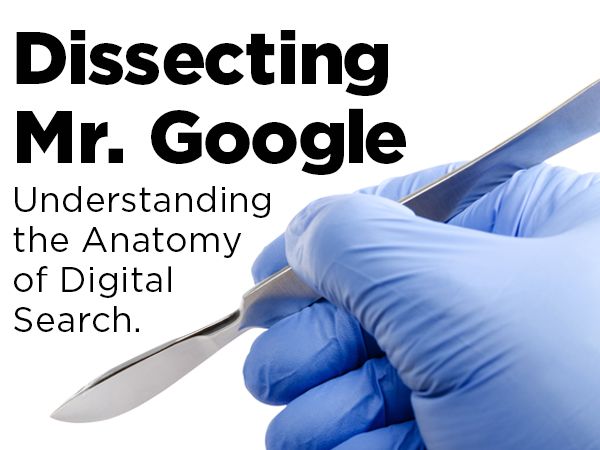
Understanding the anatomy of Digital Search
We know that step one for most customers will be to “ask Mr. Google.” That’s why you need to be all over page one of the search results. But how do you get there?
Let’s start with a sample search for Toyota Dealerships in Orlando Florida and dissect it into its three component parts.
Part 1: Paid Search
You can call it Pay-Per-Click, SEARCH or SEM. These ads are run through auction-based systems like Google Adwords. The main advantage here is that you show in the top positions (reserved for paid ads) and that you can control the ad copy and landing page. Know your keywords and buy them… or your competitor will! Don’t leave SEARCH up to organic Google ranking. This is a specialty area of SPI where we can help if you do not have the manpower, or time, or expertise.
Part 2: Google My Business
This is the maps listing and review platform Google uses for geo-targeted searches. It’s a free listing you can optimize with your descriptions and customer reviews. It’s important that you set-up and rank for Google My Business!
Part 3: Organic
By optimizing your website for keywords, gaining links, getting social media traffic, and adding content to your blog, the search engines (Google, Bing, etc.) will start to rank you higher and higher based on relevant, meaningful content. This is also known as Search Engine Optimization (SEO). It’s not an overnight process. SEO takes time to ramp up and convince the search engines that you are relevant to particular searches. That’s why starting with Paid Search is important. You get results immediately if done correctly.
There’s an old adage that says,”If you want to hide a dead body, put it on page 2 of a Google search.” Almost nobody scrolls down and clicks to the next page. Remember, you have to make it easy for your customers! Click here and let’s start having a conversation about turning your digital search challenges into page one opportunities!
